Bee Sting Allergy – We all live in an environment where animals and plants live together. We can find birds, plants as well as insects living in the same place as humans and other animals. How they coexist is totally up to them. The course of nature cannot be disrupted or interrupted in any manner and that is how it has always been for ages! While we kill several animals or just kill them for recreational purposes, they too attack us but not for recreational purposes.
They do this to protect and defend themselves from us and other animals trying to attack them. This concept is very important in decoding the code as to why we are attacked by so many animals, birds or even insects. Here, we shall tell you everything about bee stings or insect stings in general. Also, we will discuss more about allergic reaction to bee sting especially allergic reaction to bee sting on foot and how you can treat it effectively. This would be very beneficial if you can remember even a portion of all this information!
What happens when a bee stings?

When a bee stings you the first thing that happens is that it injures your skin by inserting its stinger into your flesh. It then detaches itself from the stinger and releases toxins into your skin. These toxins irritate your skin and make it burn. It also usually results in a lot of swelling and inflammation. Other reactions include allergies caused by the bee sting, dizziness or even vomiting sometime later after the sting! In case something like this does happen, you must be ready to begin treating bee stings with what you remember. So read on to find out how…
What is the allergic reaction to bee sting?
As soon as a bee stings you, your injured skin region starts to hurt and itch sometimes quite severely. This happens because toxins and irritants have been injected into your skin. If you are allergic to this sting or these toxins then it would result in an allergic reaction. Generally speaking, many people are not allergic to bee stings but 3 out of 100 people are normally allergic to bee stings or insect stings. The allergic reactions include severe inflammation which lasts more than the usual time frame of 1 or 2 days. An ordinary person would experience itching for only a day or two but if you are allergic then it might last for about a week and the swelling becomes worse!
What is the allergic reaction to bee sting treatment?
The first thing you are supposed to do is flee away from the beehive or group of bees that have attacked you right now! Next, you should clean the wound and remove the stinger. Wash this area with some water and mild soap. Once, you do that take a dose of epinephrine or epi-pen which will help you ease the pain and reduce any allergic reactions. Rush to the doctor or call for an ambulance, wherever you are and then take the prescribed medication and ointments which you are supposed to! Hopefully, the swelling will reduce within a week and the itching sensation will go away too!
Camping, trekking and nature trailing are activities that you may like to take up during summer. During such activities, you are likely to be exposed to an environment where bees have their hives. Usually, bees are harmless and do not harm others unless provoked or threatened. But chances are there that you may inadvertently provoke bees by coming near the hives. In the case of such an eventuality, you are likely to be stung by bees and you my experience bee sting swelling after 24 hours of the sting.
Bee sting swelling the next day
Bees are classified as queen bee, worker bees and female bees. They possess stingers that are filled with sacs of venom which contains a kind of toxin known as melittin that kills the body cells. It also contains a kind of harmful enzymes that destroys the tissues present in the inflammatory cells. The worker bees possess barbed stings that stick to the place of sting. The female bees tear the abdomen and die while inserting the venom. Because of the effect of the venom, you will experience redness and bee sting swelling the next day if immediate proper first aid is not taken.
Incidentally, if the beehive has been threatened, it is quite likely that you will be subjected to multiple bee stings. Added to this, if you are allergic to a bee sting, you may find bee stings swelling two weeks later. Such a situation is likely to be associated with anaphylactic reactions that are marked by any or all of the following symptoms
- Increased pulse rate
- Reaction on the skin along with hives and itching and flushed or pale skin
- Discomfort in breathing
- Nausea, diarrhea or vomiting
- Un-consciousness or dizziness
- General weakness
Bee sting swelling and itching
Bee sting swelling and itching are normal discomforts you will be subjected to when stung by bees. But some delicate parts of your body such as lips, areas near the eyes and tip of the nose. Besides pain and itching, swellings on these areas may give you a strangely amusing appearance. A sting over the eyelids or eyeballs is most hazardous. Since the immune system of the body is adversely affected by the harmful enzymes. You may also experience bee sting inflammation.
The root cause of all troubles caused due to bee sting is the stinger of the bee left at the place of stinging. It is therefore most important for you to know how to remove a bee sting. The first lesson in this regard is that you should never try to pull it out by fingers or nails. By pressing the stinger, you squeeze more of venom into the skin and bloodstream. Instead, scrape it out by a blunt knife or by piece of plastic like credit card, by putting it at 45 degrees angle to the surface of the skin.
Skin irritation

Bee sting swelling, how long does it last is an obvious question that may be arising in your mind. It all depends upon a number of variable factors such as quantum of stings, immune system and allergic symptoms of a person and the kind of first aid applied.
When a bee stings you, it leads to a lot of mess which makes it problematic for you. It will cause skin irritation and also inflammation. Therefore, you should always try not be stung by a bee. But how would you be able to make that happen? The answer is pretty simple. All you have to do is stay away from bees and their hives. This is because when you are around their hives, it alarms them and they look at you as a threat. Here, we shall tell you what happens to you and your body when a bee stings you.
Bee sting swelling is not like any ordinary swelling that takes place when an insect or a fly bites or stings you. These stings are much more dangerous and have their own effects as well as side effects. So we will tell you more about this bee sting swelling in detail and also what you should be doing in case you are stung by bees. For more such information, read on…
What is a bee sting?
A bee sting is not any ordinary sting. It is not like a sting which occurs when an ordinary fly or mosquito bites you. When a bee stings you, it swells up rapidly and causes inflammation of skin as well as irritation. This could also result in dizziness in several cases along with vomiting and diarrhea therefore, bee stings are considered to be very dangerous and people usually try to avoid it. Bee sting allergy swelling is a common situation when a bee stings you and you are allergic to certain toxins that are injected into your body by the sting. You cannot avoid these toxins but you can surely treat them well if you know what to do!
What happens when a bee stings?
When a bee stings you, the region where the bee has stung you starts to swell and gradually becomes redder by the hours and days. A bee sting swelling after 24 hours would look red and be a large spot of swollen skin on the area where the bee has stung you. Bee sting swelling days later would gradually lessen in redness. and also the pain or inflammation would reduce provided you have taken the necessary measure such as applying ointments and washing the wound. A bee sting swelling after a week would not be gone but would have reduced to a large extent. It would leave a slight scar as it leaves.
How do you treat bee sting swelling?
Once the bee has stung you, the first thing you should do is run away and seek first aid for bee stings. Next, you should wash the swelling with some water and mild soap so that the toxins injected in your skin can be reduced. After this, you should visit a doctor who would prescribe you certain pain killers as well as ointments which would reduce the inflammation and help in curing your bee sting swelling in no time or less than a week. You should also find out if you are not allergic to bee stings and take proper medicines. Now that you know so much about treating bee sting swelling you should be able to help out those in need!
We have several insects around us like hornet, wasp, fire ant, Yellowjacket and bees. These insects have allergic stings, a single bite can lead to several dangers. Few people do not have any allergic problem but others might face a high level of allergic reactions. Few people are there in this world who have bee sting allergy.
Statistics of Bee Sting Allergy
Bee sting allergy statistics say, that somewhere around 2 million people in America face allergic problems from insects. Some of the American individuals are facing life threats. In the U.S., near about 50-55 person dies each year because of such bee sting allergy.
People who have high allergic rate must take precautions. Those people who face bee sting allergy, the first sting produces Immunoglobulin E (IgE)- an antibiotic. People suffering from high allergic reaction should be medicated immediately or they might face big problems, that can be life-threatening also, as in some cases, insect allergic attacks need good medication and care.
Bee Sting Allergy Test

When people face some severe bee sting allergy they must go to the doctors for medication. In case you are found to have allergy from bee venom, some of the following tests might be recommended by your doctor.
Skin Tests:
In this type of skin test, some sort of allergen extract is injected into the body. This allergen extract is injected either in the upper back or in any arm. This test does not have any serious reactions but those who are allergic to insect sting might get a bump on their body.
Blood Tests:
A doctor can measure the antibodies that cause allergy in one’s bloodstream. Through this blood test we get to know about the response of the immune system towards the bee venom.
Medication of Honey Bee Sting Allergy
Allergic reactions might be severe, you should take some precautions. In case of high allergic reactions you might need medication. Bee sting allergic medication has been discussed in this article.
- In case if you got it on hand then remove rings, bracelets and watch from hand, as your hand might get swollen up.
- Sometimes it happens that bees leave its stinger in the body with a sac of venom. In such case you must remove bee’s stinger, as soon as possible. You can easily remove it with a thing that has a stiff edge or with your big nails. Squeezing up the sac might release some more venom in your body.
- After removing that sting and sac, you must wash that affected skin with water and lather it with soap. Then after proper cleaning apply some antiseptic on that affected area.
- In case you face swelling problems in your skin then apply a pack of ice over it. You might get some relief. Swelling might be a result of a honey bee sting allergy.
Generally, bee sting allergy is not such a big problem. From bee sting, relief might be achieved with home treatment or some time you need bee sting allergic medication. Therefore, it can be concluded that when you face such a problem you must refer to a doctor immediately or your problem might increase.

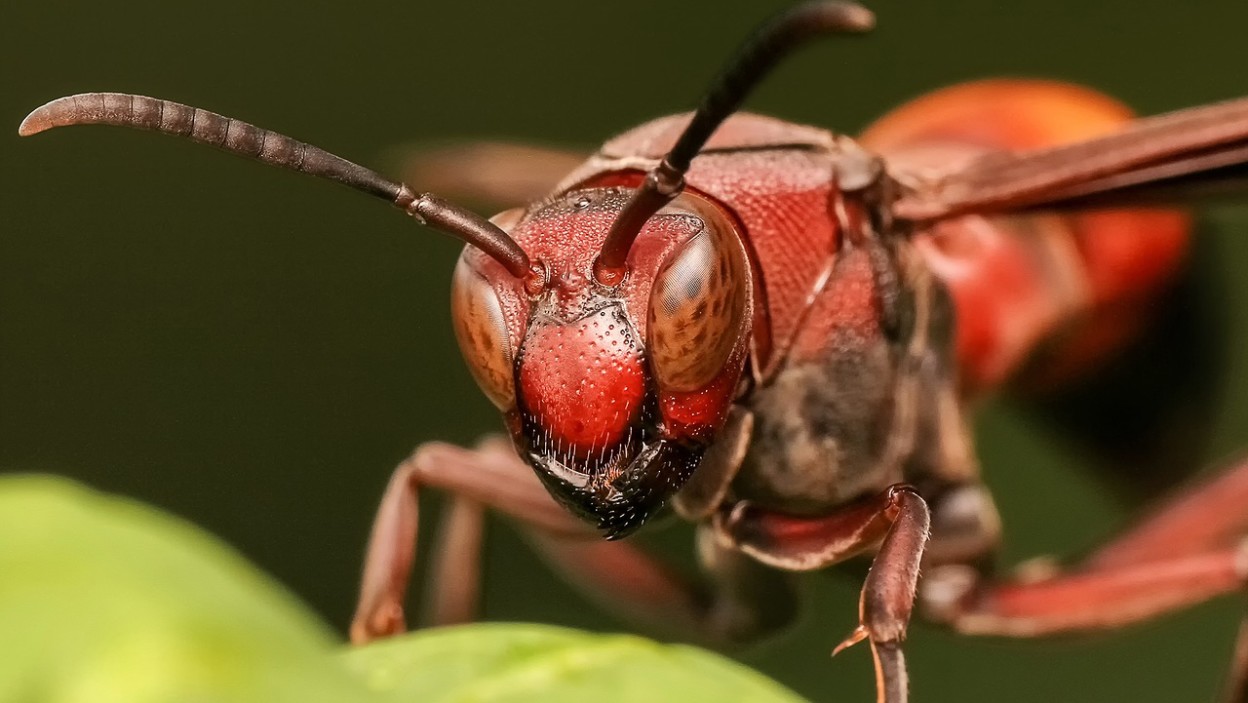

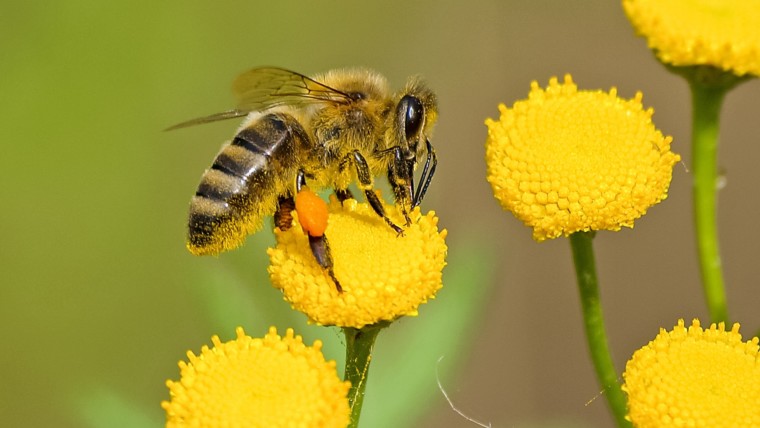
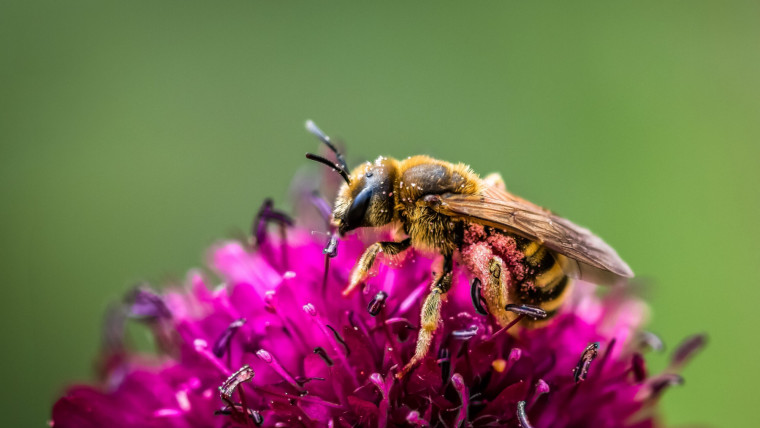
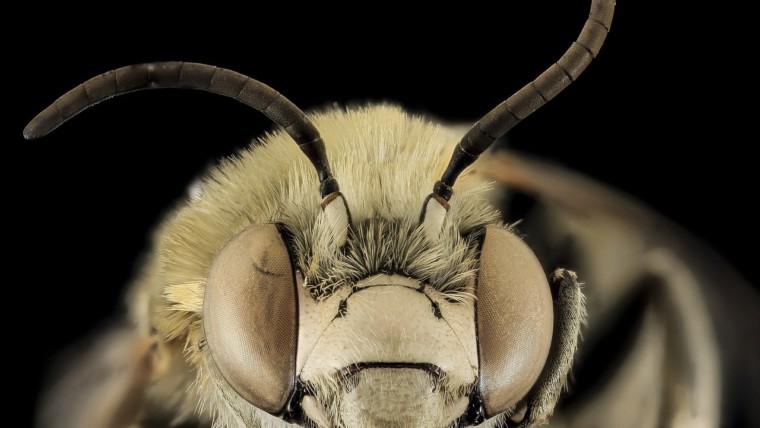
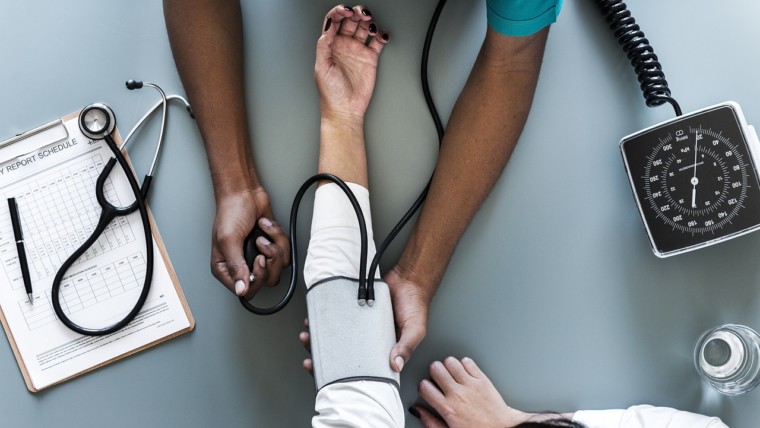

Bee Sting Relief Effective Treatments and Quick Remedies
Beyond Honey: Surprising Solutions for Bee Sting Pain
The Importance of Quick Action: Treating Bee Stings at Home
Emergency First Aid for Bee Stings: A Step-by-Step Guide